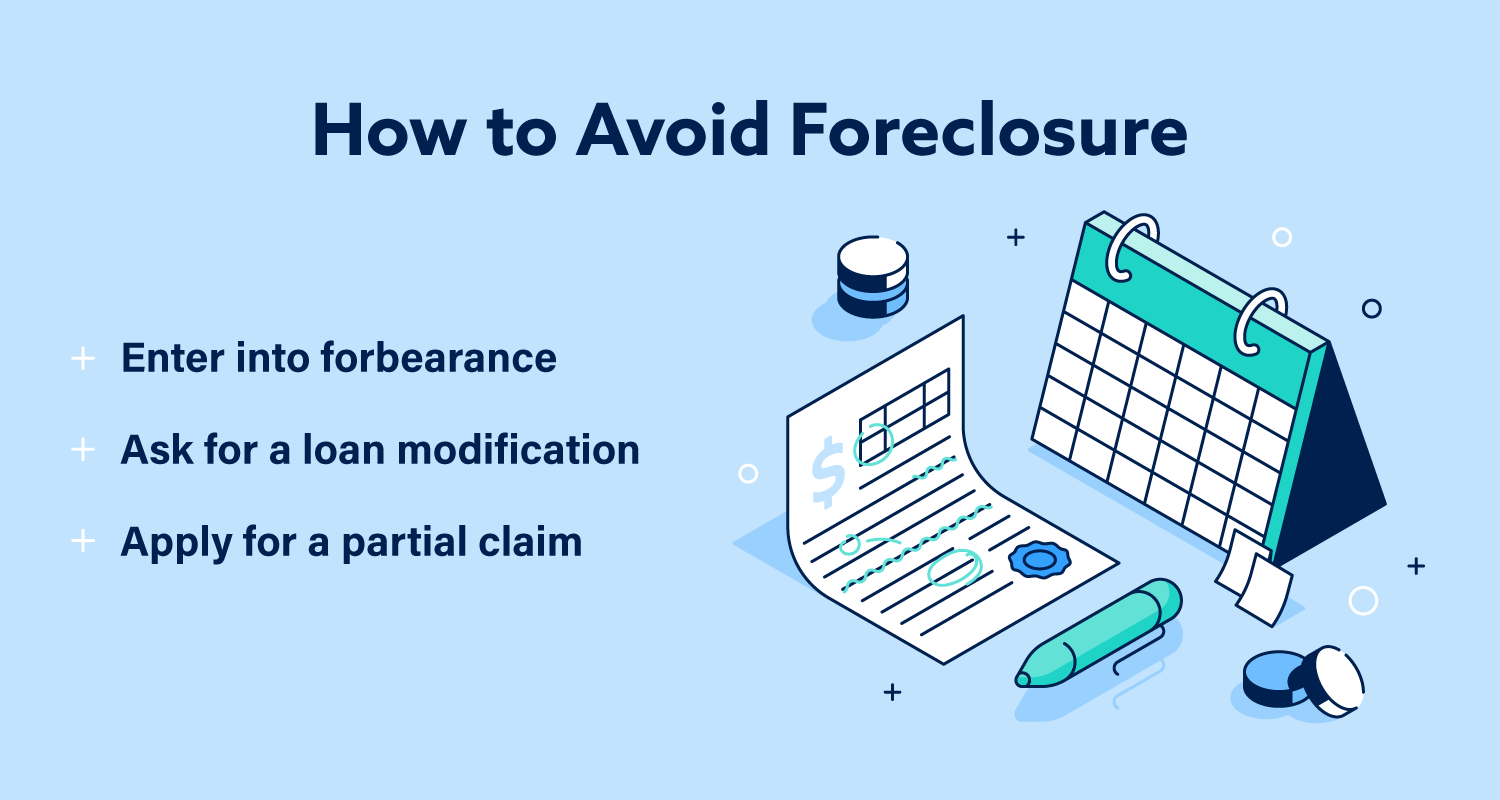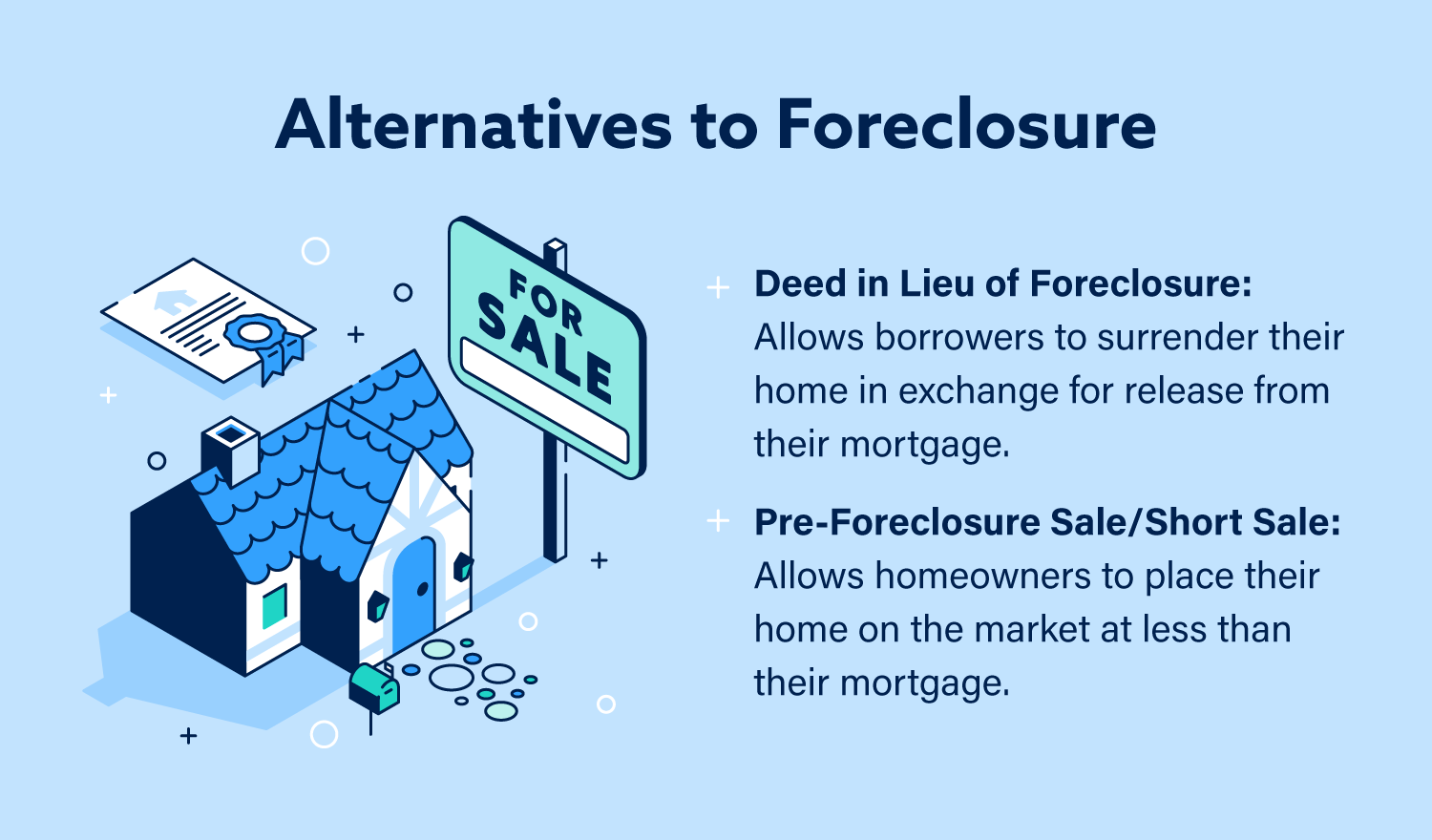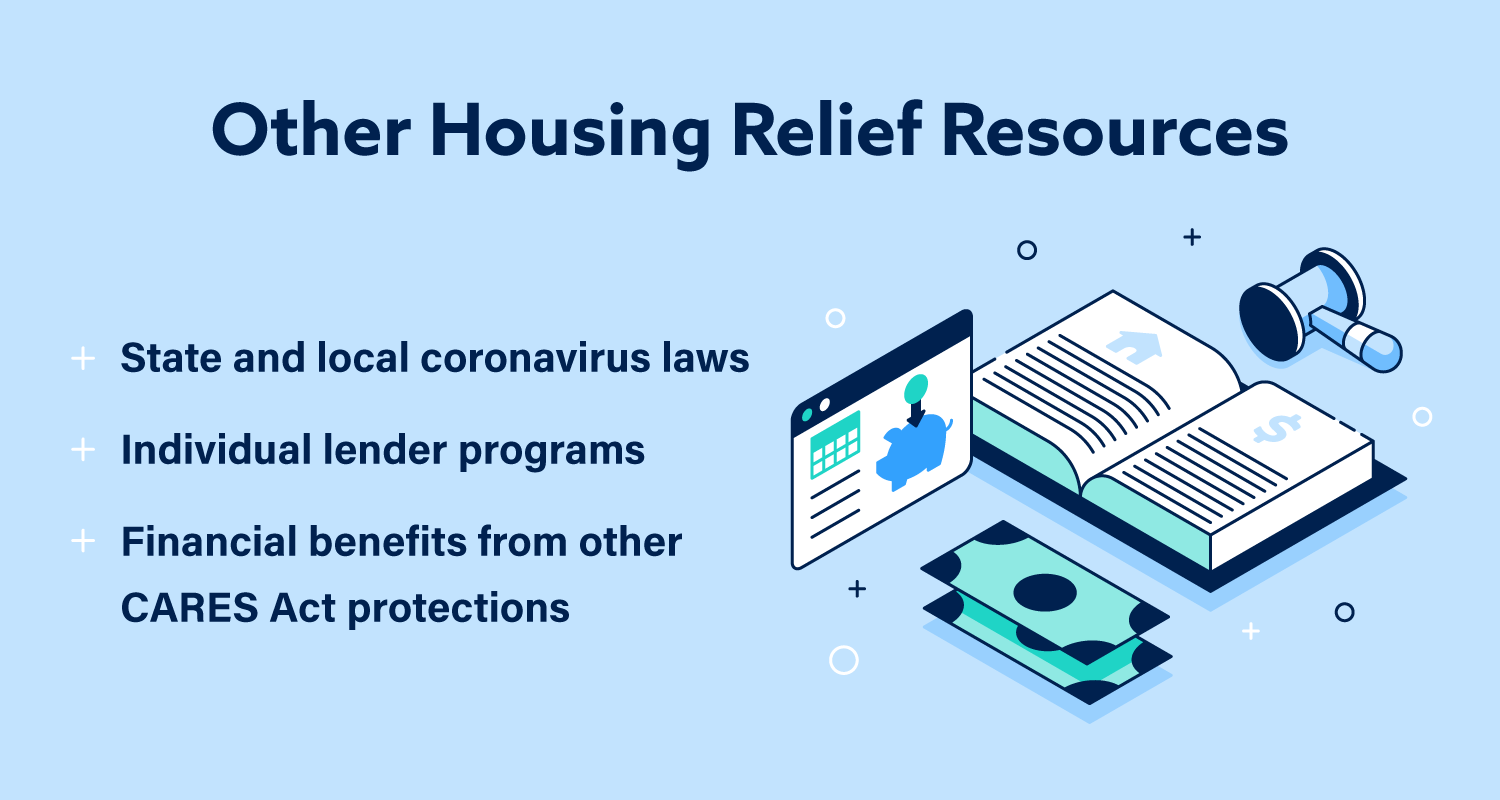
The CARES Act Foreclosure Moratorium benefits homeowners because all in-progress foreclosure proceedings must be paused and no new foreclosure proceedings can be initiated on federally backed mortgages.
When the federal government passed the Coronavirus Aid, Relief and Economic Security (CARES) Act, it included a number of provisions designed to help ease the financial burdens of those affected by the pandemic. In particular, the CARES Act includes a nationwide moratorium on foreclosures for all federally backed mortgages.
The moratorium is in effect as of March 18, 2020, and is in place until May 18, 2020. During this time, all in-progress foreclosure proceedings must be paused and no new foreclosure proceedings can be initiated on federally backed mortgages.
The provision is designed to prevent individuals and families from losing housing during the health crisis, which would present a threat to not only those evicted but also the surrounding communities.
Many homeowners have questions about how the moratorium works and how it can benefit them. Find the answers to some of those questions here.
Who Is Protected by the Moratorium?
The foreclosure moratorium only applies to federally backed mortgages. You are protected by the moratorium if your mortgage is owned or backed by any of the following entities:
- U.S. Department of Housing and Urban Development (HUD)
- U.S. Department of Agriculture (USDA)
- Federal Housing Administration (FHA)
- U.S. Department of Veterans Affairs (VA)
- Fannie Mae
- Freddie Mac
Additionally, the moratorium only applies to residential mortgages, so small businesses or other nonresidential borrowers don’t qualify.

How to Use the Moratorium to Prevent Foreclosure
The foreclosure moratorium is more than just a brief pause in an inevitable foreclosure process. If your home was in the process of foreclosure, there are several things you can do during the moratorium period to prevent it from being foreclosed on:
1. Contact your loan servicer.
Even though the foreclosure moratorium is automatic—meaning, you don’t need to specifically request a moratorium to benefit—you should still contact your mortgage provider to explain your situation and ask what accommodations may be available.
The foreclosure moratorium is designed to resemble a similar clause in the FHA’s disaster relief protocols, which instruct lenders to use reasonable judgment in evaluating how best to help borrowers cope with a widespread threat like COVID-19.
To help your lender make this evaluation, you should be prepared to provide details on the nature of your financial hardship, supported by documentation.
2. Inquire about forbearance.
In some cases, lenders can help borrowers in danger of foreclosure enter into a forbearance plan instead. The CARES Act includes a requirement that allows all federal mortgage borrowers to place their mortgage into forbearance for 180 days, with an option to extend by another 180 days if necessary. (You must explicitly request forbearance to benefit from this.)
If you’re able to place your mortgage in forbearance, you’ll be able to remain in your home while pausing your loan for several months. During this time, you can take steps to improve your financial situation, stay current on other credit accounts, find or resume employment and make other arrangements necessary to put yourself in a position to go back to paying your mortgage as scheduled.
3. Inquire about a loan modification or partial claim.
Though not included in the CARES Act, there are several other mortgage relief options, like loan modifications or partial claims, that may be available to you depending on your lender’s particular policies.
A loan modification is a permanent change to the original terms of a mortgage that makes the loan more affordable by lowering monthly payments. Typically, this adjustment is balanced with an extension of the length of the loan.
Another option is a partial claim, which is a special no-interest loan from the Department of Housing and Urban Development (HUD) that helps borrowers catch up on their original mortgage. The partial claim doesn’t need to be repaid until after the original mortgage has been paid.
Two Alternatives to Foreclosure After the Moratorium
If you’re unable to use the moratorium period to save your home, there are alternatives to foreclosure that allow you to exit your agreement without permanently damaging your credit. These options still involve you losing your home, but they allow you to avoid drawn-out and often costly foreclosure proceedings.

During the moratorium period, take a hard look at your financial situation and decide whether or not you’re able to use one of the mortgage relief options available to you to remain in your home. If not, contact your lender proactively to agree on the best way to exit your mortgage agreement with minimal damage.
1. Deed in Lieu of Foreclosure
If you contact your lender, you may be able to negotiate a deed in lieu of foreclosure. This agreement allows you to voluntarily deed your property to the mortgagee in order to be released from the agreement and avoid engaging in foreclosure proceedings.
Deed in lieu of foreclosure has several benefits. Foreclosure itself can be a costly process, so voluntarily surrendering your home can actually save you some money. Additionally, this option allows you to keep the process relatively private in order to avoid some of the embarrassment of a public foreclosure announcement.
2. Pre-Foreclosure or Short Sale
Another option you may have is a short sale or pre-foreclosure sale, in which you will list your home at a price below what you owe on your mortgage. This allows you to reduce what you owe the bank to a more manageable debt amount, and lets you avoid the costly and public foreclosure process.
All of the options above require advance approval from your lender, so regardless of what path you plan to take, your first step is to contact your loan servicer as soon as possible.
How Does the Eviction Moratorium Apply to Renters?
Not all of the CARES Act’s homeowner protections apply to renters. For instance, homeowners can place federally backed mortgages in forbearance, but there’s no federal legislation allowing renters a similar ability to pause their monthly housing payments.
When it comes to the moratorium, though, qualified renters are protected from eviction during the moratorium. The bill also prevents landlords from evicting tenants after the moratorium without first giving 30 days’ notice. Notice of eviction can’t be given until after the moratorium ends.
The eviction moratorium only applies to certain renters living in “covered properties,” which are:
- properties with federally backed mortgage loans
- properties with federally backed multifamily mortgage loans
- properties participating in a “covered housing program” as defined by the Violence Against Women Act
- properties participating in the “rural housing voucher program under section 542 of the Housing Act of 1949”
The National Housing Law Project published a detailed list of properties that are covered under the conditions listed above.
Cases where renters are not protected include:
- evictions that were filed before the moratorium took effect
- evictions based on reasons other than an inability to pay rent or other charges

What to Do If You’re Not Qualified for Protection but Still Need Help
By virtue of how the moratorium qualifications are structured, there will be many people who are not covered by its protections but are still in danger of eviction. In this situation, there are a number of other options to pursue.
1. State and Local Protections
Though nonfederal mortgages and renters in non-covered properties are not protected by the federal CARES Act, many states and localities have instituted their own protections that go further than those in the federal law. For instance, New York City and Los Angeles have placed a complete moratorium on evictions, regardless of the property or whether it’s backed by a mortgage of any kind.
Many states also have pending or passed laws instituting partial or full moratoriums on evictions. Consult the National Conference of State Legislatures for an up-to-date record of state policies.
2. Individual Lender Flexibility
Just because the CARES Act doesn’t require your lender to extend housing relief doesn’t mean they won’t do so if you ask. If you’re concerned about your ability to make your mortgage or rent payment, contact your loan servicer or landlord proactively to explain your situation, detail how long you expect your financial hardship to last and make a specific request for help. Even small-property landlords may be willing to pause rent payments for a finite period of time if you explain your circumstances.
3. Other CARES Act Protections
Even if your rent or mortgage isn’t flexible during the pandemic, you may be able to take advantage of other provisions in the CARES Act to lessen your overall financial burden. For instance, you may be able to defer your federally backed student loan or borrow against your retirement account to cover your monthly expenses temporarily. If you’re unemployed, you may qualify for Pandemic Unemployment Assistance.
Regardless of whether you pursue national, state or local protections for your financial situation, it’s important to make sure you’re researching your options thoroughly and avoiding scams that have sprung up since the coronavirus outbreak.
With the right research, you can avoid or minimize the financial damage caused by the coronavirus crisis and set yourself up to recover from your hardships quickly.
